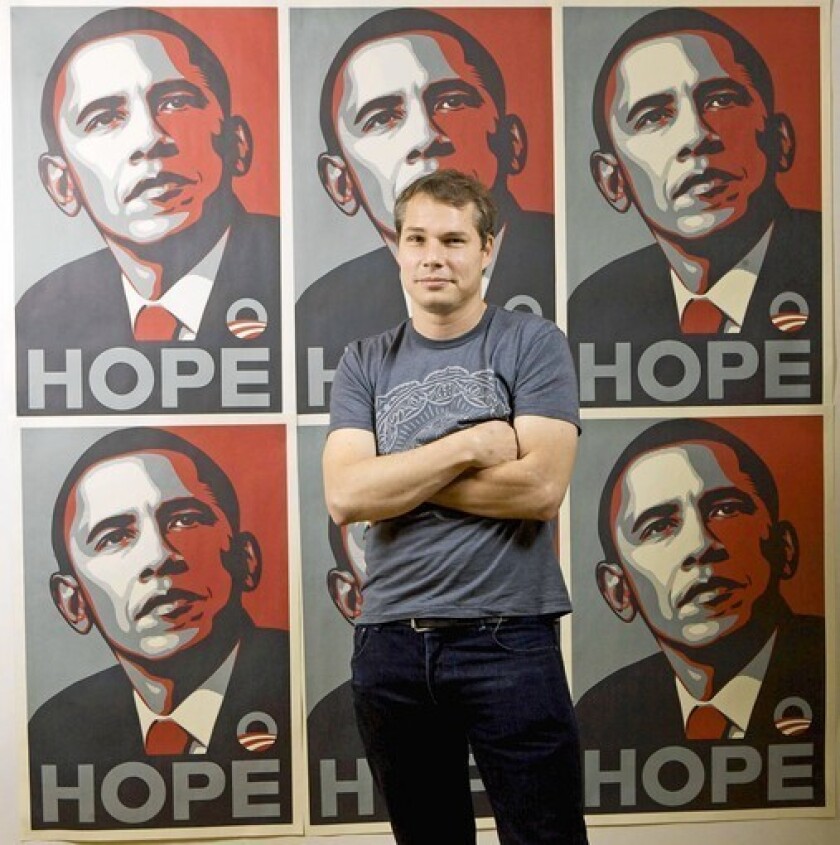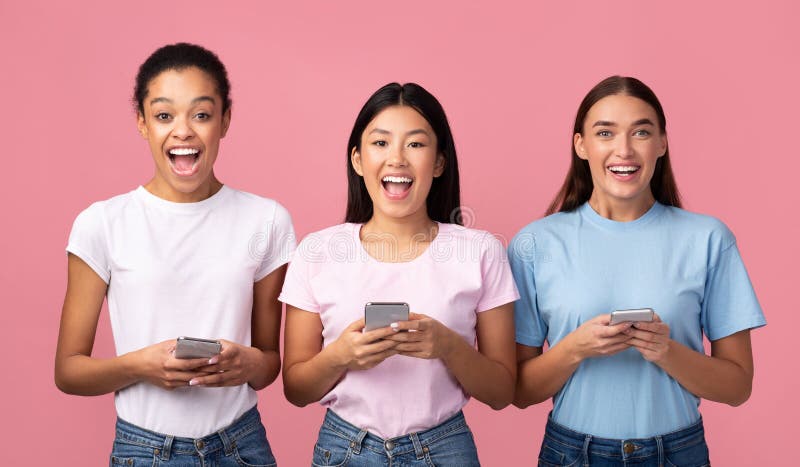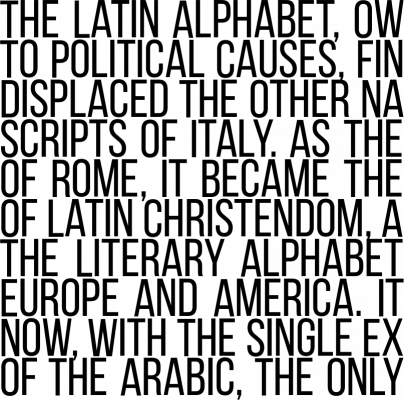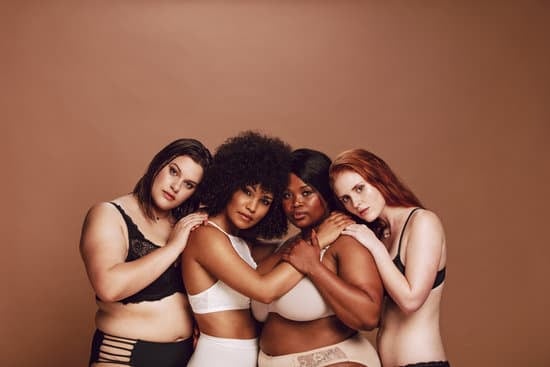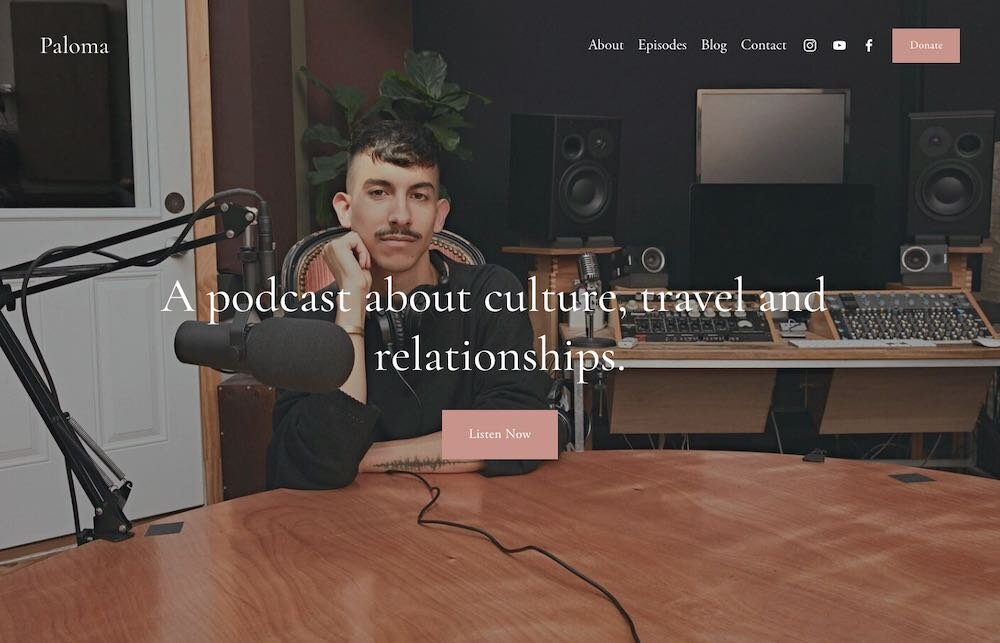My internship experience is both new and exciting for me. The Bent Not Broken Podcast was started by Juanita Kelly who is growing the company with the help of us interns as well as other fulltime workers she has on staff. The way my internship handles sourcing of images is by strictly using stock photos. Since this is a starter company, they do not have all the resources to buy the images so to make sure everything is legal and used correctly, I only use free stock images when creating the advertising. The company’s trademarks and logos also follow the same policy of using free for use fonts and graphics made entirely by the designer.
At the beginning of the internship, I did have to sign a confidentiality and non-disclosure agreement. There weren’t many restrictions placed on my journaling for this class- the main point being that I could not disclose any information that could affect the business of the company. This was an entirely new concept to me. I am always so used to sharing my work and asking others for advice or to just get their opinions on it. But with this non-disclosure agreement, I couldn’t be as open as I’d like to be. Still, I thoroughly enjoyed the experience of the internship.

In the past, I have used another’s creative work. For my assignments for earlier classes, I have used photographs for multiple different campaigns. I always made sure to give explicit credit when discussing my design with the professors. Since I did not have access to the resources or even a camera that would help me do all the photography myself, using others’ creative worked greatly helped me in completing my assignment. What I read in the AIGA chapters did help me realize just how important it is for designers to not only credit another creative’s work but also how vigorous the process could be in obtaining the rights to use the work. Whether it’s payments, rights, copyright notices, using someone’s work without their explicit permission can cause big trouble.
I think I only ever used photographs without purchasing them or getting permission from the artist because they were solely used in school projects- not in any way for me to get money myself. I also didn’t anticipate my school work being used anywhere other than for projects or even a few in my portfolio. Still, I would explicitly say that the images don’t belong to me. However, in the future I will be going about using other’s work the right away- and even using stock photos to ensure I am doing everything right. I wouldn’t want to use someone’s work without doing it legally, especially if it’s for work.
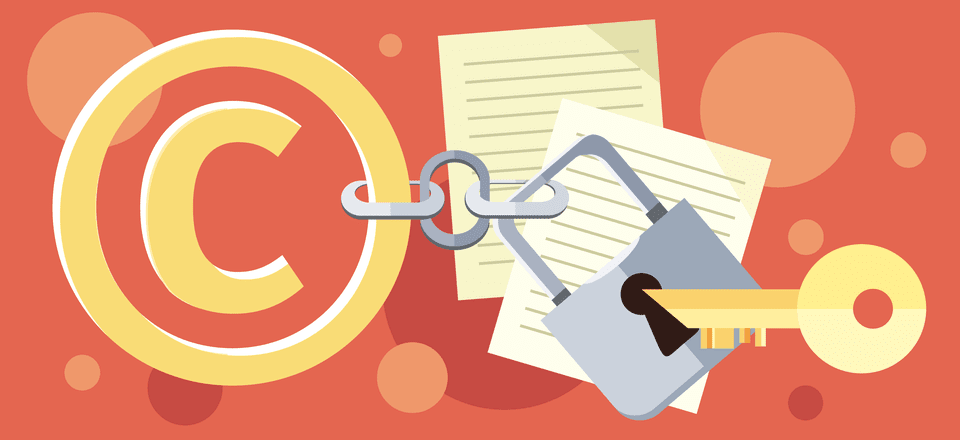
When it comes to the Fairey case, I understand why there was such rukus following the discovery that the Garcia Obama photo had been used without explicit permission from AP. If he had just gotten inspiration from the photo, it would’ve been a different story for me. But, he used the photo directly in his design which I think made it that much more important that AP got some credit. It is important that as the owner of the photograph, they get some of the same royalties that Fairey was getting for his design. I get why they felt like they deserved some of the money since it was their photo that gave the artist inspiration. However, I also think since Fairey did most of the work anyway, he shouldn’t have to pay as much to them.
I do agree with the final ruling. I think it was fair for the two parties to get the rights to make and distribute posters and merchandise of the Hope image. It is important to Fairey since he is the one who designed it but the photographer also deserves some credit for being an important source of the image itself. I think it was a good way to settle the case. And it was important that this happened because of how famous this case was, any future cases can look back at this to see how it was handled.
INFOGRAPHIC

